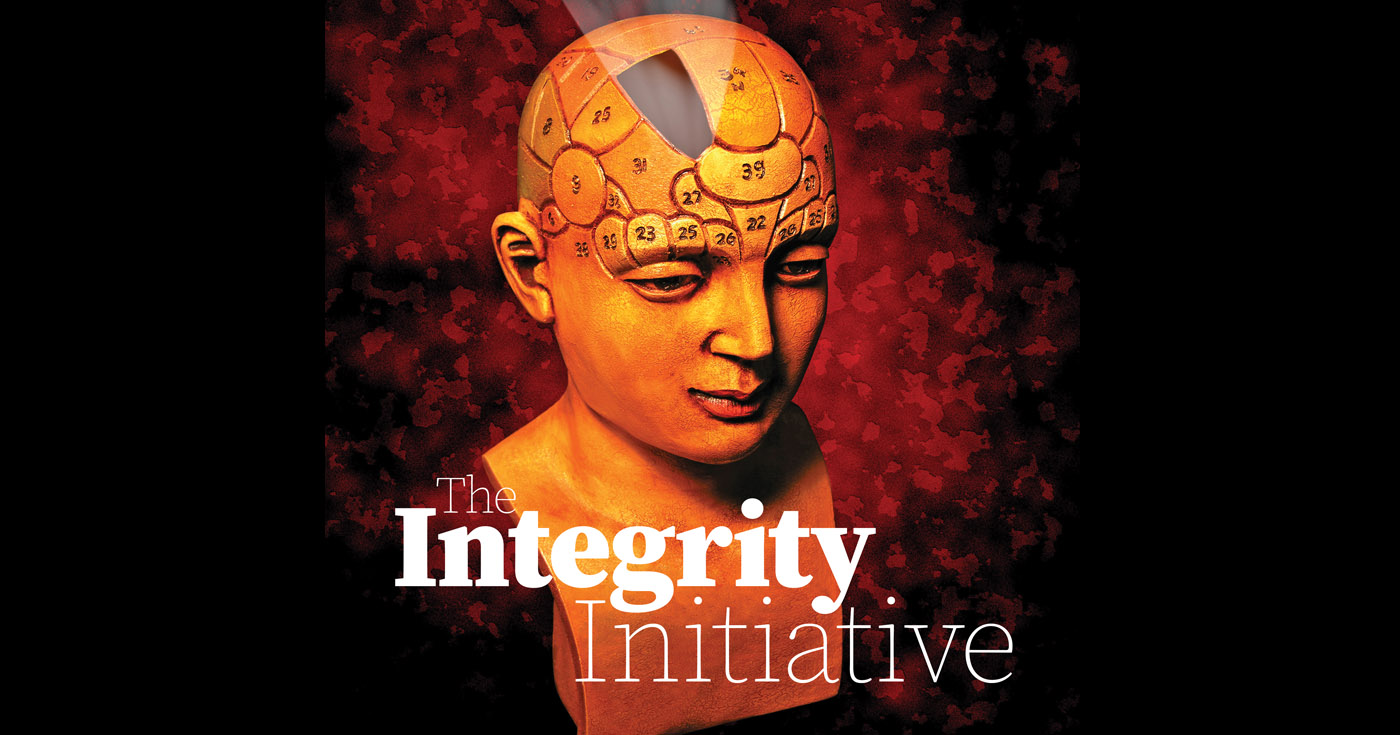
For decades the people have been told that greater trade was beneficial to all. However, as in the case of India/England, the globalization of trade has never been equal.
The idea that all nations would play fairly was always a convenient myth. As trade expanded, some nations acted like the one child who tries to keep all the toys for himself. Japan found ways to limit American exports of its fruit by requiring that each apple be individually washed, arguing that the surface of harvested apple fruit could be infected by E. coli.
This past December 11th, China was supposed to be certified as “market-economy status” by the World Trade Organization (WTO). This would have given China the legal ability to avoid charges that it was dumping products to other economies at prices designed to drive out competition. The WTO has put China’s request on hold—perhaps for years —in spite of a protest from Beijing.
US President-elect Donald J. Trump has said he will kill the Trans-Pacific Partnership trade agreement, and do the same with the European trade initiative—the Trans-Atlantic Trade and Investment Partnership. In his speech before leaving for a trip to Singapore and Cambodia, President Duterte said, “With Asean integration, it is important that we harness the economic strengths and complementaries in our region to sustain growth beneficial to all.”
Both Trump and Duterte are signaling moves in the direction of regional trade alliances rather than global. While Trump has called for a rewrite or outright abandonment of the North American Free Trade Agreement, again this is to level the playing field between regional neighbors.
The truth, though, is that globalization in its previous form went in to intensive care from the financial crisis of 2007 to 2009. Now it may be in a terminal state. In 2015 world trade, in general, dropped by more than 10 percent for the first time since 2009. This is the worst performance since the Great Depression. By contrast, trade between Association of Southeast Asian Nation (Asean) members is growing at about 10 percent per year. Currently, at 24 percent of total Asean trade, intra-Asean trade is seen hitting 30 percent by 2020.
The ideal situation for a nation would be to be a member of a trading bloc filled with economic winners. The “losers” turn to protectionism. According to the WTO, between October 2015 and May 2016, the Group of 20 (G-20) countries adopted 145 trade-barrier laws, 1,500 since 2008. The countries of the G-20—accounting for 90 percent of global trade—are responsible for 80 percent of those trade barriers.
If this trend continues, a trade war is all but inevitable.
The Greater East Asia Co-Prosperity Sphere of World War II Japanese Imperial Army propaganda is beginning to sound more logical and even attractive. With Asean’s formidable and established trade unity, turning to the region for enhanced economic cooperation and potential success makes sense. Being dependant on the West no longer does.
****
E-mail me at mangun@gmail.com. Visit my web site at www.mangunonmarkets.com. Follow me on Twitter @mangunonmarkets. PSE stock-market information and technical analysis tools provided by the COL Financial Group Inc.
























